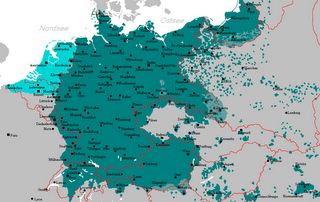The Coexistence Of The Germanic, Slavic, And Yiddish Language Speaking Areas In Central Europe Before 1936-1945

Click on Image for Enlargement.
Many readers will know about the significant Germanic speaking areas of the Czech borderlands, then Western and Central Poland, West-Central Hungary, and the Far Western and Transylvania regions of then Hungary (now Romania).
Fewer general readers probably recall the significant Germanic speaking communities of the Carpathian foothill oil region of now Western Ukraine, and the Germanic speaking communities of far Northwestern now Ukraine and the southern area of now Belarus.
Our cultural scientific guide in Belarus this past January [2006] was of both Germanic and Slavic ancestry. S/he had never been allowed outside of Belarus or the Former Soviet Union, even though his/her scientific interests embraced Slavic and Slavonic, Baltic, Polish, and Germanic Central/Eastern European historical relations and culture.
Note: Lviv, Ukraine, is shown on this map with its Austro-Hungarian Imperial name of Lemberg. During the city's period of Polish rule, it was known as Lwow; and subsequently, under the Soviet Union, as Lvov. Under earlier medieval Lithuanian rule, the city was known by its European Common Area name of Leopolis.
I would hope that this image could be updated to show Minsk, Brest, and Hrodno [Grodno], Belarus; as well as Vilnius, Lithuania, and Krakow, Poland -- all of which were significant European multi-cultural cities prior to the rise of virulent and institutionalized Germanic National Socialism starting in early 1933.
Image Credit: Design by Michael Postmann, February 2006, and placed in Wikipedia Commons, the free encyclopedia, and the Public Domain by the author. With thanks.


0 Comments:
Post a Comment
<< Home